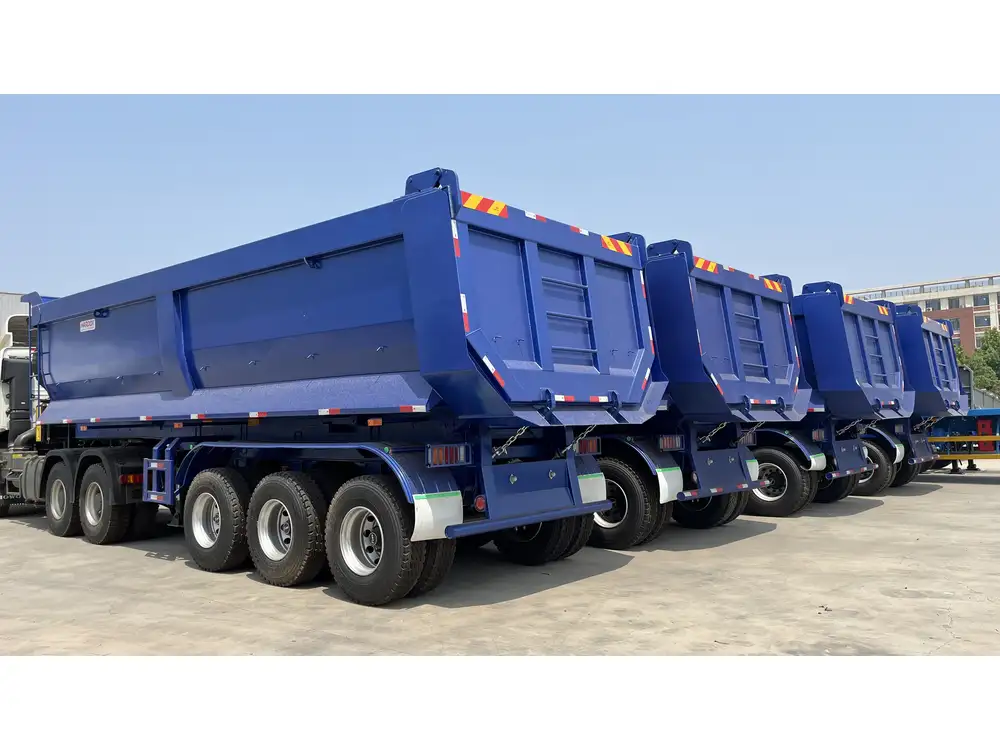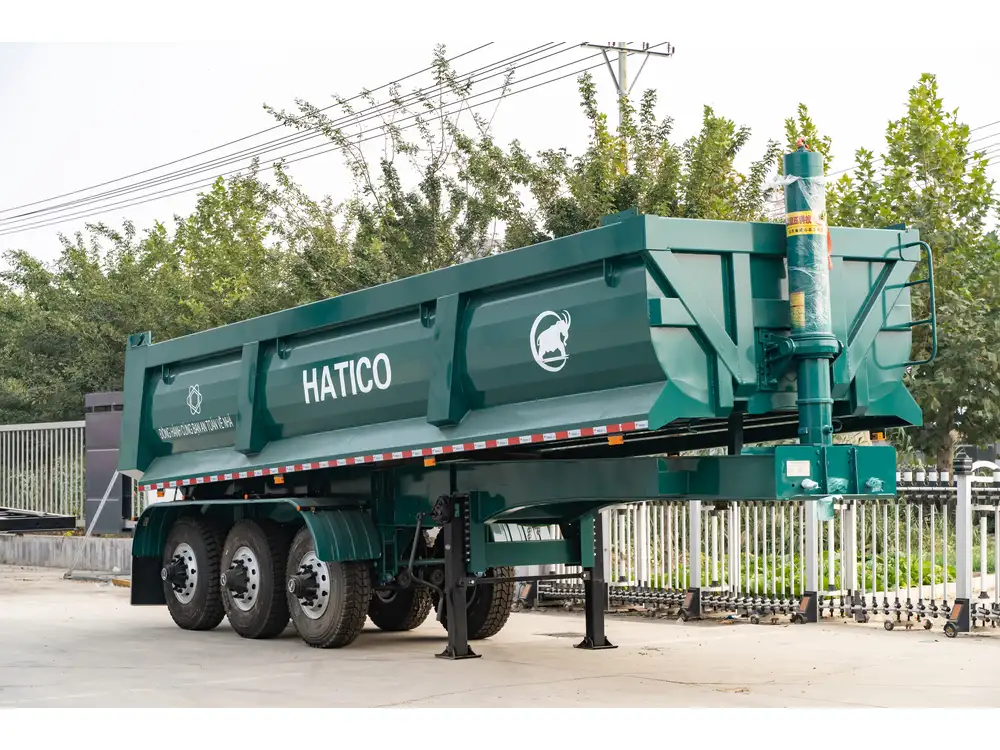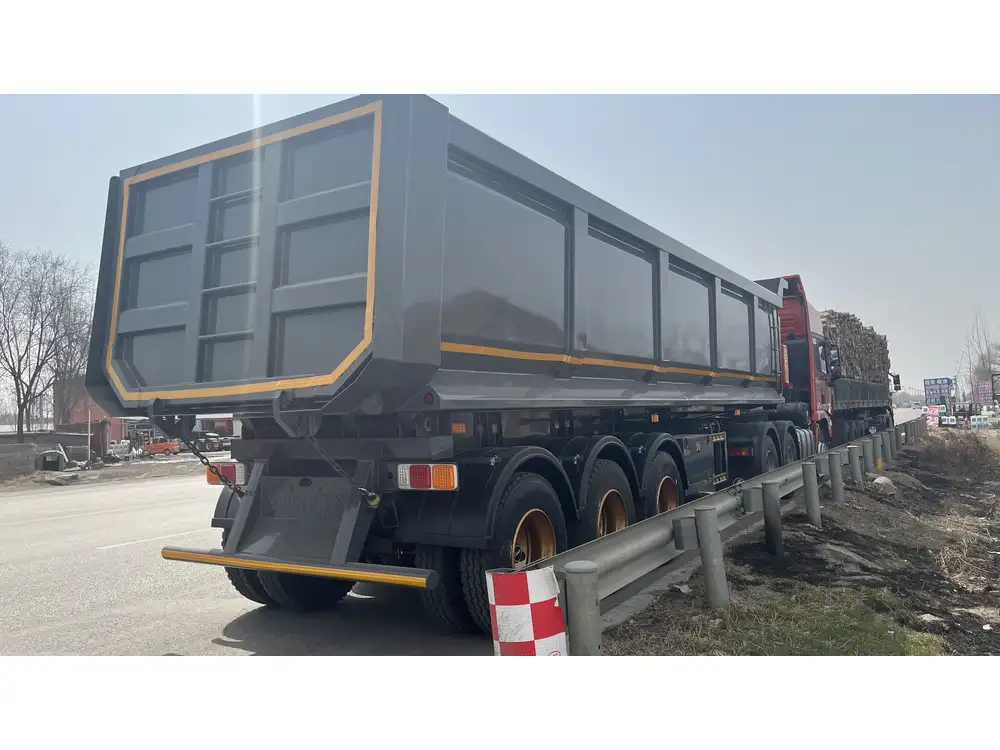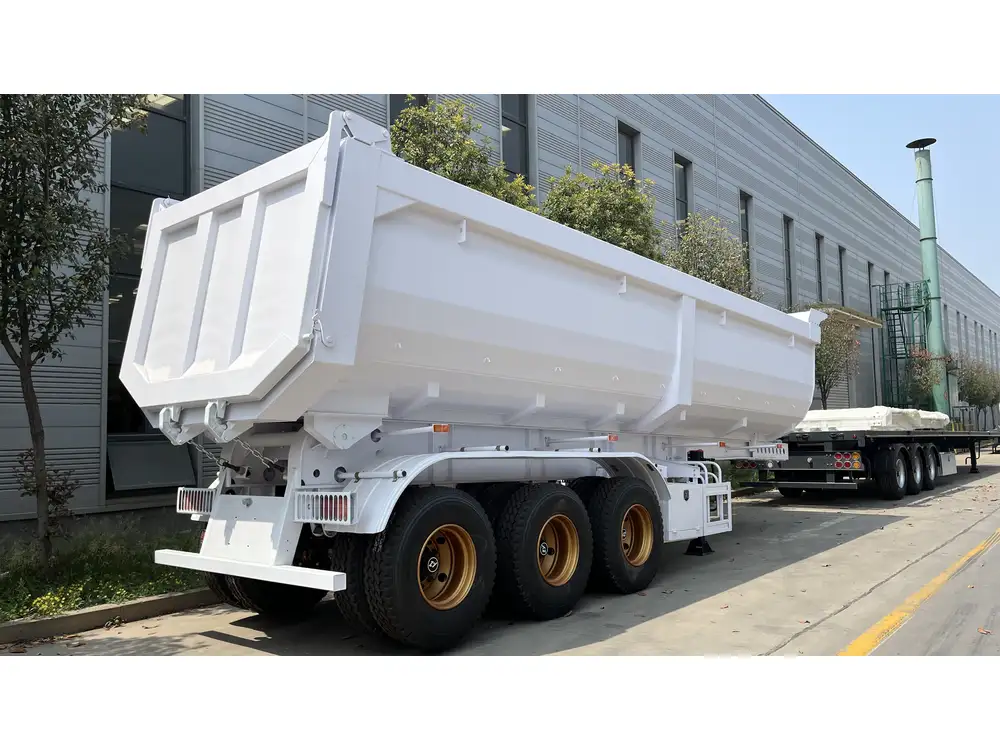When it comes to the logistics and transportation industry, understanding the weight specifications of semi-trailers is crucial for planning and safety compliance. In this guide, we will delve into the numerous factors influencing the weight of a 28-foot semi-trailer, providing a detailed overview for manufacturing, transporting, and regulatory purposes.
Understanding Semi-Trailer Weights
The Basics of Semi-Trailer Weight
The weight of a semi-trailer can be influenced by a myriad of factors, including its construction, materials, intended cargo, and design variations. Essentially, the term “weight” typically refers to two main categories:
Empty Weight (or Tare Weight): This is the weight of the trailer without any cargo or attachments. It reflects the construction materials, frame, and other features integrated into the trailer.
Gross Vehicle Weight Rating (GVWR): This is the maximum weight limit that a trailer is rated to safely carry, including both its own weight and the cargo it transports. Exceeding this weight can lead to safety hazards, legal repercussions, and increased wear and tear.

Common Weight Ranges for 28-Foot Semi Trailers
To provide a clear understanding, the following table summarizes the typical weight ranges for standard 28-foot semi-trailers:
| Weight Type | Weight Range (lbs) |
|---|---|
| Empty Weight | 10,000 – 12,500 |
| Average Payload Capacity | 14,000 – 18,000 |
| Total (GVWR) | 24,000 – 30,000 |
Factors Affecting the Weight of a 28-Foot Semi Trailer
1. Materials Used in Construction
The material selection is pivotal when it comes to the weight of a semi-trailer. An aluminum trailer, for instance, will weigh significantly less than a steel counterpart. Here’s a closer look:
- Aluminum: Lightweight, rust-resistant, and often used for high-performance applications; however, generally costlier.
- Steel: Heavier but offers enhanced durability and strength; more economical than aluminum but susceptible to rust if not properly treated.
Comparison Chart: Materials and Their Characteristics
| Material Type | Weight (lbs/ft³) | Pros | Cons |
|---|---|---|---|
| Aluminum | 0.098 | Lightweight, resistant to corrosion | Higher cost |
| Steel | 0.283 | Cost-effective, strong | Heavier, rust-prone |

2. Trailer Design and Features
Specifications such as the type of axles, suspension systems, and additional features also significantly influence weight:
- Axle Configuration: Tandem axles (two axles) are prevalent and distribute weight efficiently, while triple axles are designed for heavier loads.
- Suspension Type: Air ride suspensions may add a bit of weight but improve ride quality and cargo protection.
- Additional Features: Refrigeration units, extra toolboxes, or specialized loading systems will increase the overall weight.
3. Type of Cargo
Understanding the type of cargo the semi-trailer is designed to carry can also help ascertain its weight capacity. For instance:
- Dry Van Trailers: Commonly used for transporting non-perishable goods.
- Reefer Trailers: Equipped with refrigeration systems, adding machinery weight.
- Flatbeds: Flexible for various loads, but the weight is influenced by the cargo being transported.
4. Regulatory Compliance
In the realm of transportation, adhering to regulations is not just a legal requirement but a safety imperative. The Federal Motor Carrier Safety Administration (FMCSA) has established weight limits for semi-trailers to ensure safe travel on roads. The following considerations are important:
- Bridge Laws: Many states have specific weight limits to prevent damage to infrastructures, such as bridges and roads.
- State Regulations: Different states may have unique weight regulations that must be adhered to, affecting how many axles are needed and weight distribution.

5. Environmental Impact
Modern manufacturers are increasingly prioritizing sustainability, affecting the choice of materials and design. Lightweight trailers utilize less fuel and contribute to lower emissions, making an eco-friendly impact.
Calculating the Weight of a 28-Foot Semi Trailer
A Step-By-Step Approach
Understanding the weight of your trailer can seem daunting; however, following a systematic approach can simplify the process:
Identify the Empty Weight: Begin by consulting the manufacturer’s specifications for your 28-foot semi trailer.
Determine the Payload: Consider the maximum payload capacity necessary for your transport needs.
Add Both Weights Together: Calculate the total weight by summing the empty weight and the payload capacity.

Example Calculation:
- Empty Weight: 11,000 lbs
- Average Payload Capacity: 15,000 lbs
Total Weight = Empty Weight + Average Payload
Total Weight = 11,000 lbs + 15,000 lbs = 26,000 lbs
Utilizing Tools for Precision
There are various online weight calculators available for logistics companies, enabling users to gauge weights accurately and comply with legal standards.
Maintaining Your 28-Foot Semi Trailer

Regular Checks to Ensure Safety
Maintaining the weight of the trailer is paramount for safety and longevity. Regular checks can help ensure that the trailer stays in optimal condition.
- Inspection Points: Check the chassis, frame, and suspension for any signs of wear or damage.
- Weight Distribution: Ensure that weight is evenly distributed across axles to maintain handling and minimize tire wear.
Best Practices for Loading
Adhering to best practices when loading your semi-trailer not only adheres to legal requirements but also enhances safety and efficiency.
- Distributing Load Evenly: Ensure that the weight of the cargo is evenly spread to avoid overloading any single axle.
- Strapping Down Cargo: Utilize straps and tarps to secure the load effectively, particularly those that may shift during transport.
Conclusion
In conclusion, understanding the weight of a 28-foot semi-trailer encompasses a variety of critical factors, from construction materials and design to regulation and environmental implications. With proper calculations and maintenance, ensuring safety and compliance alongside efficiency in logistics becomes feasible. As our industry continues to evolve, staying informed on these aspects will not only improve operational practices but also bolster safety standards. The importance of weighing your semi-trailer cannot be overstated; it is foundational to successful transportation.

Call to Action
If you seek to enhance your logistics operations or need guidance on selecting the right semi-trailer for your business, feel free to reach out to our team of experts. Let’s secure your transportation needs effectively and safely!



